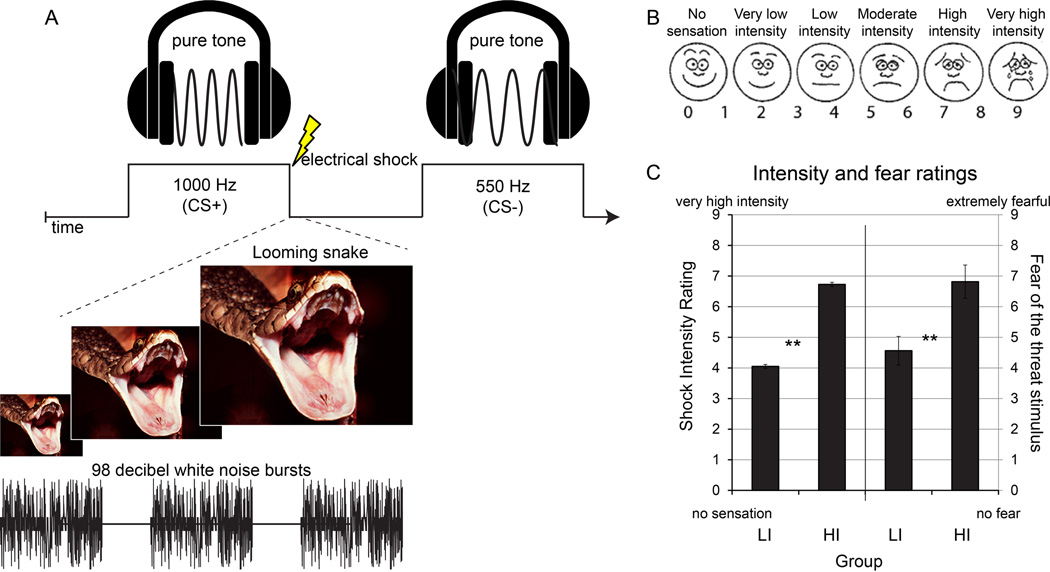Figure 1. Fear conditioning design and subjective intensity and fear ratings for Experiment 1.
(A) Discriminative fear conditioning included pure tone conditioned stimuli paired (CS+, 1000 Hz) or unpaired (CS−, 550 Hz) with an aversive unconditioned stimulus (US). One group (not depicted) underwent low-intensity fear conditioning that included a low-intensity electrical shock to the right wrist on 40% of CS+ trials. The other group (depicted) underwent high-intensity fear conditioning that included a multimodal US composed of a high-intensity electrical shock, static white noise bursts (~98 decibels), and a looming image of a snake, presented simultaneously on 40% of CS+ trials. A different picture of a snake was used on each trial. (B) A shock work-up procedure was used to calibrate shock to either a low or high level of subjective intensity, between groups. In the low-intensity group, the shock work-up procedure ceased when the volunteer indicated the shock was “very low” to “low.” For the high-intensity group, the calibration ceased when the volunteer indicated the shock was at least “high-intensity.” (C) Post-experimental subjective ratings of intensity of the electrical shock and ratings of fear of the aversive US were greater in the high-intensity (HI) versus low-intensity (LI) group. Error bars reflect standard error of the mean. ** P < .01.

